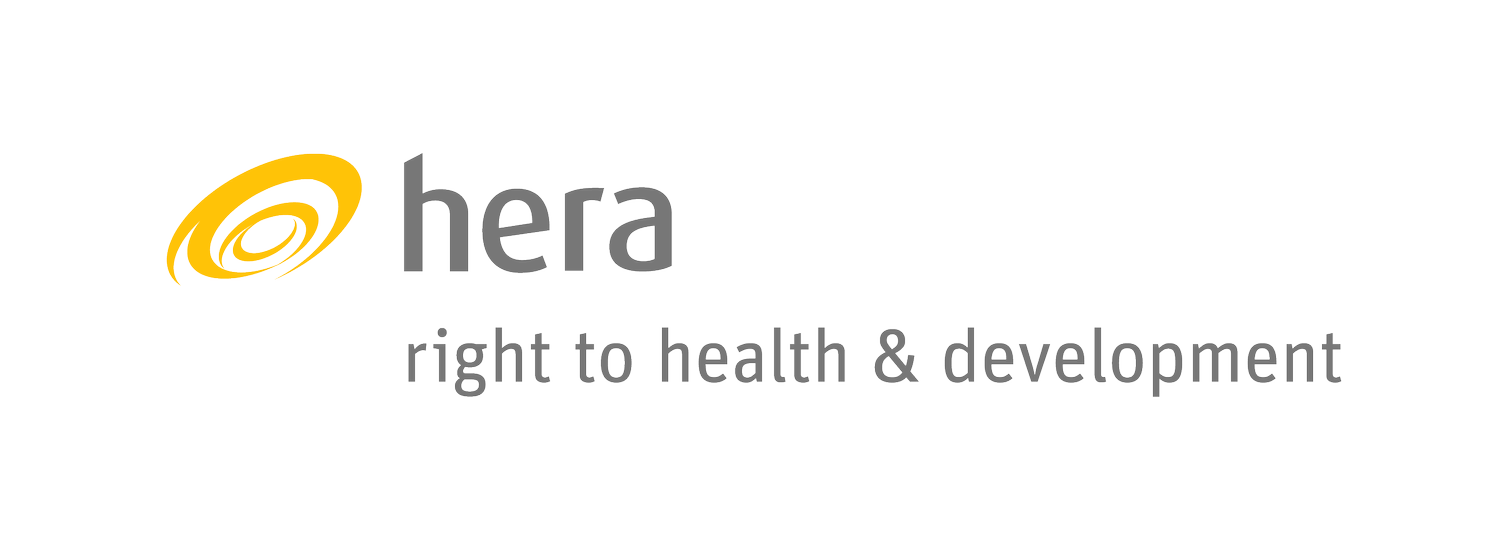Local production of therapeutic and supplementary food in Zambia
A recently published report on the HEART (High-quality Technical Assistance for Results) website features a hera/OPM study on the local production of Ready to Use Therapeutic Food (RUTF) and/or Ready to Use Supplementary Food (RUSF) in Zambia. The team was selected by the UK Foreign Commonwealth and Development Office (FCDO) and includes hera consultants Caesar Cheelo and Elly Siakasasa and hera partners, Ingeborg Jille Traas and Ed Vreeke, with Aarti Patel providing Quality Assurance. hera partner Rob Verhage also supported the team in relation to regulations and quality assurance.
The objective of the study is to analyse the Zambian RUTF and RUSF market, assessing market dynamics of RUTF and RUSF in Zambia, estimate costs of local production, assessing current and potential demand in Zambia and the region, and in a second phase making recommendations on the overall feasibility of local production.
The published report provides the first phase overview focused on lipid-based RUTF and RUSF in sachets used for the treatment of severe and moderate acute malnutrition (SAM/MAM) of children from six months of age, as per the treatment guidelines of Zambia and the relevant national and international regulations and standards. The study consisted of document review, stakeholder mapping, key informant interviews (30 interviews, involving 40 people), estimation of demand, and cost comparison. Data collection took place between July and October 2021.
The study team found that there is a significant need for RUTF and RUSF to treat children suffering from SAM and MAM in Zambia – "estimated up to 60,700 cartons of RUTF and 102,000 cartons of RUSF on a yearly basis in 2024 (estimated value of US$ 6.3 million)." However, the reality is that procurement of both RUTF and RUSF is expected to be much lower (between 16,000 and 25,000 cartons of RUTF/RUSF in total annually). Nevertheless, the study concluded that the setting up of a healthy and independent local production plant for RUTF/RUSF seems unrealistic in the current context; the single market is fragile and delicate, production involves serious challenges regarding quality, and export opportunities are limited.

